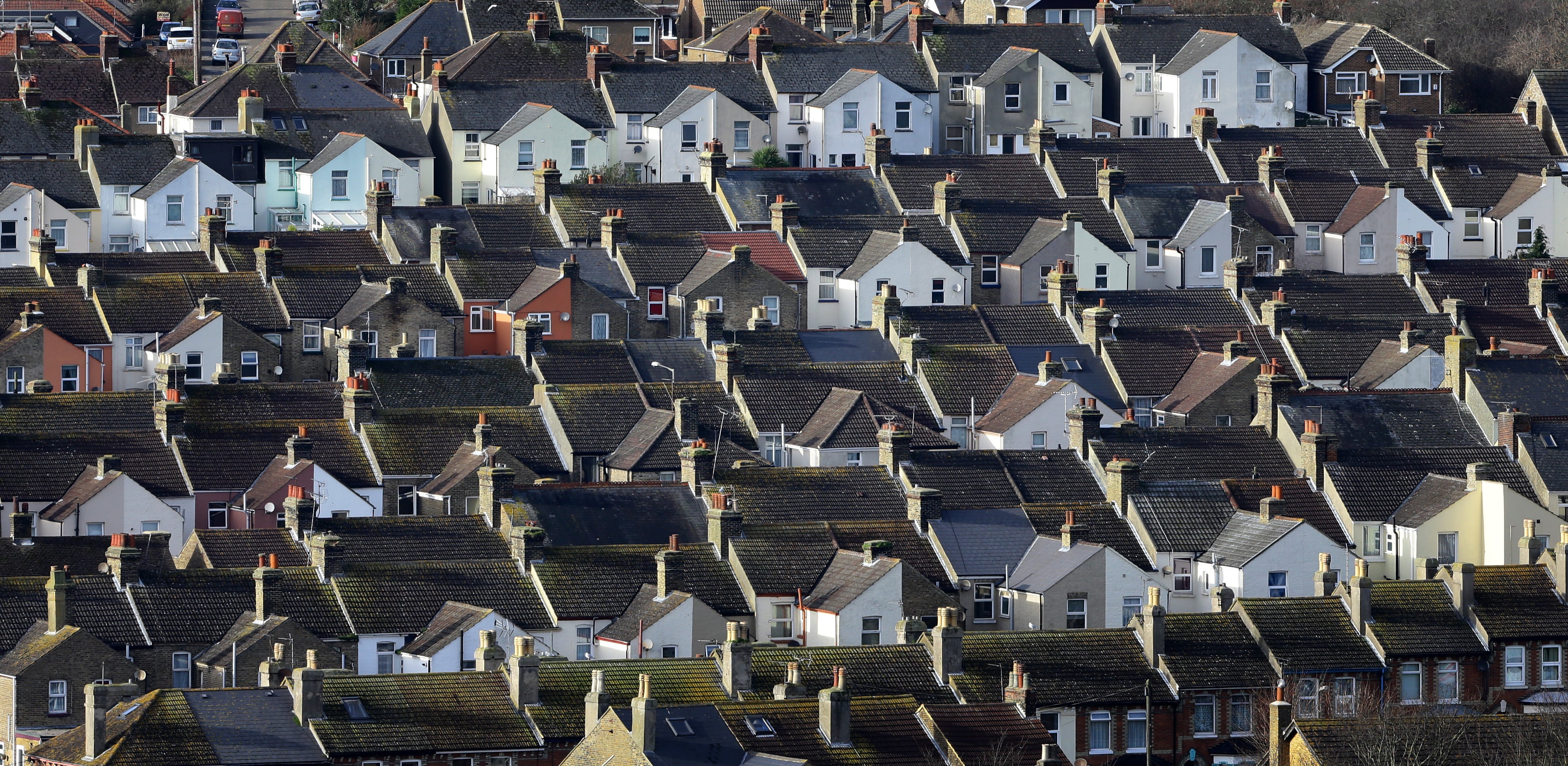As house prices rise, now is the time for serious reform of the property market
A government that has shown how effective it can be in supporting house prices must now match that with policies to deliver a sustainable market, writes Phil Thornton


And the beat goes on: another year and another strong 12 months of growth in UK house prices. Despite the impact of the Covid-19 pandemic on the economy, employment and people’s wellbeing, the residential property market has continued to post inflation-busting rises in values.
According to Nationwide building society, the average price of a home was 10 per cent higher in November than a year earlier. Measured on a rolling three-month basis, the 3.4 per cent rise recorded by Halifax bank in the same month was the strongest for 15 years.
Economic crises usually trigger sharp falls in prices as homeowners struggle to meet their interest payments, as older readers will remember from the 2008 global financial crisis and the bursting of the late 1980s property bubble. This time the opposite happened in the wake of coronavirus with prices rising 7.3 per cent in 2020 and accelerating this year.
The reasons why the dog did not bark — to borrow from Arthur Conan-Doyle’s The Adventure of Silver Blaze — are reasonably well understood. The government announced a holiday from stamp duty on home sales below £500,000 in June 2020 and kept a form of it in place until September this year. This supported property purchases and help push up prices as buyers realised they would save as much as £12,500. It also announced a mortgage guarantee scheme to support 95 per cent loan-to-value mortgage products, enabling more households to access mortgages without the need for large deposits.
Payments to furloughed workers together with significant lending support to firms also helped sustain household incomes, as did a cut in interest rates by the Bank of England. Demand was also supported by a desire by those homeowners who could afford it, to find properties with bigger gardens and more space for working from home.
This in turn exacerbated inequality as those who could afford to move – or get on to the housing ladder — tended to live in overcrowded spaces, with poor living conditions while they complied with stay-at-home orders. Analysis by economists from the University of Oxford and the Dallas Federal Reserve Bank found that these actions prevented a long recession and a financial crisis. On one level that makes it a policy success
But while low borrowing rates and demand for space boosted house prices, they note that lockdowns, pandemic-related supply chain disruptions, and labour shortages reduced the supply of new housing.
The episode is a reminder of the power that central government has to impact the housing market. To address supply, governments can fund the construction of affordable homes. In Ireland a motion by Sinn Fein to double capital investment in homes and build 20,000 social homes a year was passed by the parliament in May after the government decided not to vote on its counter-motion. This may have contributed to the party taking the lead in opinion polls since July. The Scottish government has also set a target to deliver 100,000 more affordable homes by 2032, with at least 70 per cent of these being for social rent.
This contrasts with the move to cut stamp duty in England and Wales that enabled existing homeowners to upgrade their WFH environment. But just as it can lower taxes, so it can raise them. Of course, that is more politically risky in an economy where housing is the largest component of wealth.
Indeed, as the Resolution Foundation has pointed out, house prices have risen 86 per cent above inflation since 2000, delivering a capital gain on homeowners’ main residences worth £3tn. But if handled well, it can produce a fairer system with fewer perverse incentives.
For example, moving away from taxing transactions through stamp duties towards annual taxes on the value of the property itself would make it easier for people to move for work as they would no longer face a large tax bill just to be closer to a new job. The Resolution Foundation and the Financial Fairness Trust have come up with an alternative idea: extending the scope of capital gains tax to primary residences with a 28 per cent rate on all housing capital gains built up over the past 20 years.
Setting a £75,000 allowance would mean over half of estates would not have to pay any tax, while those that were liable required to pay nothing until they exited home ownership or passed away.
Earlier this year the Institute for Fiscal Studies used its pre-Budget event to call for the abolition of stamp duty to be replaced by an increased but also reformed and revalued — and therefore fairer —council tax (that hangover from the failed attempt to reform the poll tax).
The two reforms — boosting supply of affordable homes and delivering a more equitable tax regime — need to go hand in hand. As the OECD think tank has pointed out, this requires “efficient governance across levels and spheres of governments” — something in short supply in the UK right now.
However Sinn Fein’s experience shows, a political party behind in parliamentary seats but ahead in the opinion polls, could be rewarded by betting the house on sensible property reform.






Join our commenting forum
Join thought-provoking conversations, follow other Independent readers and see their replies
Comments